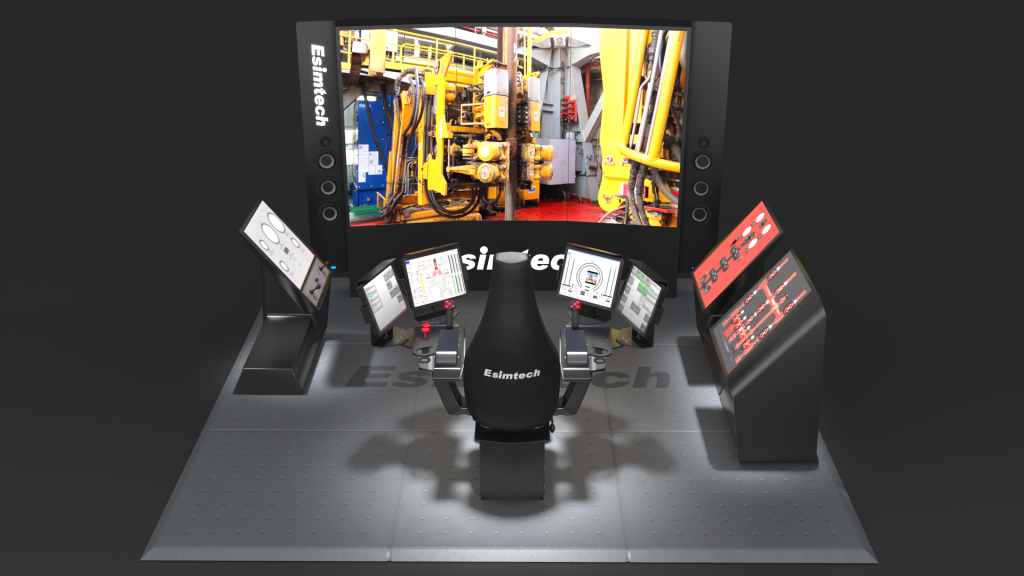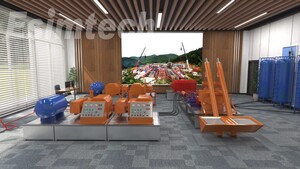Blog Information
- Posted By : esimtech esimtech
- Posted On : Nov 22, 2023
- Views : 97
- Category : Technology
- Description : Geological exploration wells, pre-exploration wells, detailed exploration wells (evaluation wells), and development wells (including inspection data wells, production wells, water injection wells, adjustment wells, and so on) are the most common types of oil drilling.
Overview
Oil and gas drilling is a highly specialised and dangerous occupation. This article will quickly present the oil and gas drilling process and steps, as well as the simulation training platforms or simulators required for teaching oil and gas drilling created by Esimtech.
A lot happens during oil drilling, which requires complex drilling apparatus and technical procedures. The drilling process is fraught with dangers, including the possibility of blowouts, necessitating the use of safety devices such as blowout preventers. (BOPs).

The first step in oil drilling is to drill a hole through the earth's crust. A drill string and a long bit are required. Remember that the drill bit's diameter is 5 to 50 inches. After drilling a hole, a tiny diameter steel pipe is installed, and the spaces around it are filled with cement.
The Drilling Procedure
Cementing and Testing
Once the appropriate distance has been reached, the drill pipe is removed and the steel pipe is pushed to the bottom. Cement is used to hold this "well casing" in place. Before any gas or oil production can begin, the pipe must undergo rigorous tests to demonstrate that it is impermeable.
Completion
Before drillers can tap the oil and natural gas, a perforating gun is often lowered into the earth and shot into the rock layer in the deepest area of the well, creating holes that connect the rock holding the oil and natural gas and the wellhead.
Fracking
Now that the well's first stage is open, it's time to liberate the oil and gas trapped in the rock. Fracking fluid is blasted into perforating holes to create paper-thin fractures in the shale rock, releasing trapped oil and natural gas. Specialized equipment is utilised to continuously monitor well pressure and data.
Drill operators feed the hole during drilling with a range of materials, liquids, and chemicals to lubricate the revolving bit and clear the route of the broken rocks. New pipes must be added to the drill string as the drill bit progresses. It must be tightened to keep the pipe connections from separating in the well.
Having exceeded the financial limit
When the amount of oil and gas a well can produce is insufficient to sustain its continuous operations, we say it has reached its economic limit. As a result, the extraction must be halted by withdrawing the drill pipe and sealing the hole. This keeps the hydrocarbon reservoirs separate from the water.
Esimtech is a simulation trainer maker that does research and development. Drilling, well control, logging, oil production, gas production, downhole operations, oil and gas gathering and transportation, fracturing and acidizing, drilling rig installation, coiled tubing, pressure operation, and other petroleum engineering training simulation systems are all part of its comprehensive product line.
